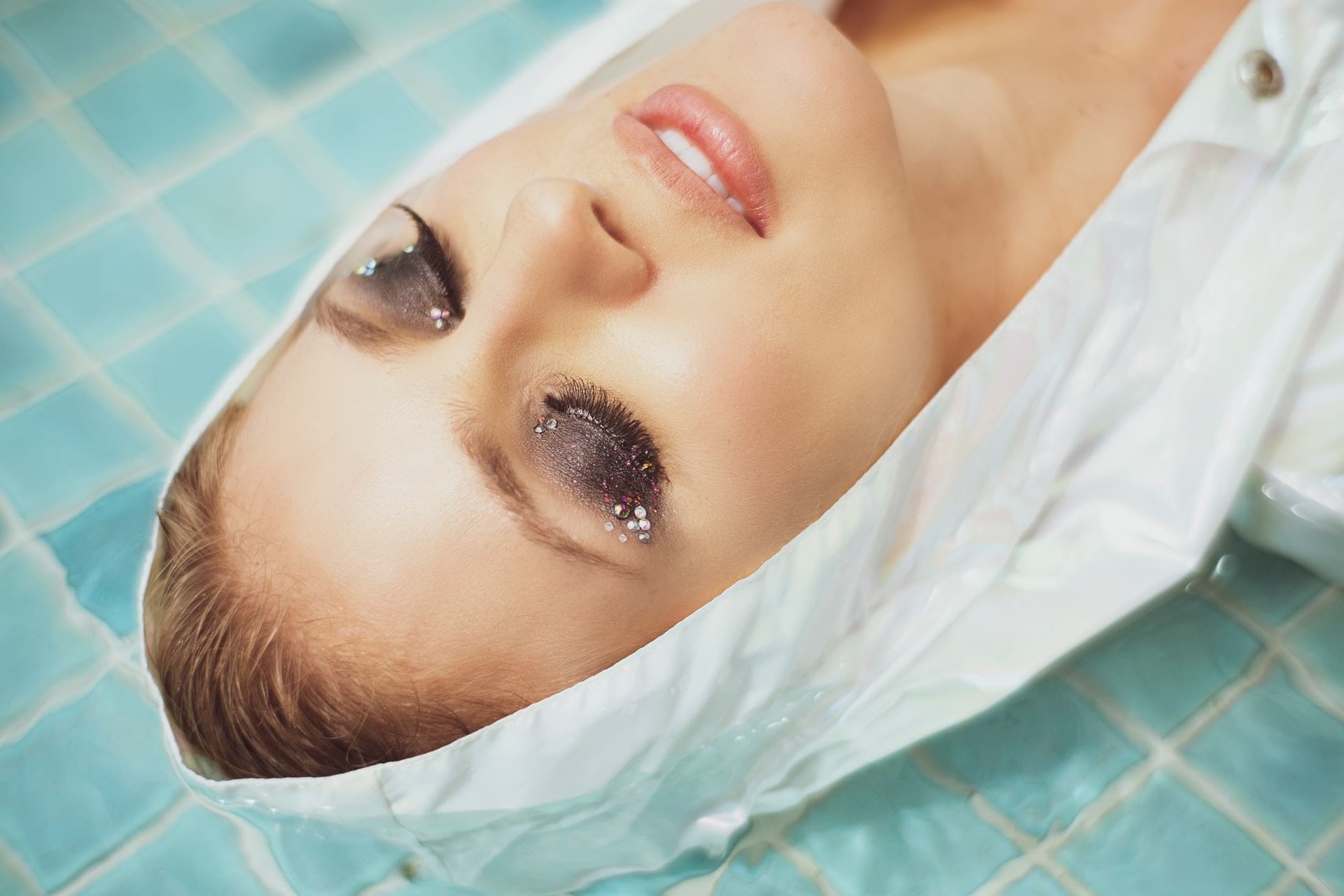
Vaginal rejuvenation is one of the top aesthetic trends to hit Hollywood, with everyone from Jada Pinkett-Smith to Real Housewives alum Sonja Morgan bringing attention to this sometimes-neglected part of the female beauty routine. Vaginal rejuvenation can comprise either surgical or non-surgical procedures. Depending on the patient’s needs, sometimes, just a few non-invasive laser or radiofrequency sessions can achieve the desired effect.
What Conditions May Lead To A Wish For Vaginal Rejuvenation?
When it comes to surgical vaginal rejuvenation (vaginoplasty), one of the most common reasons leading patients to seek to make a change, is loosening of tissue after vaginal childbirth, or slackening of tissue as the years go by. Sometimes, women who have had an episiotomy (a surgical procedure used to ‘aid a difficult delivery’) can be displeased with how tissue has been sewn after childbirth. Issues can include discomfort and even pain, and surgery can repair the damage that has been done. At other times, patients may simply be unhappy with the loss of firmness, which can arise both after childbirth and owing to the passage of time. In this case, patients will often discuss with their doctors whether or not surgery or non-invasive approaches are indicated.
Non-Invasive Vaginal Rejuvenation
Laser or radiofrequency are the treatment of choice when it comes to non-surgical feminine rejuvenation. One day spa in Austin is known for a treatment called Votiva, a gentle yet effective treatment, targeting elasticity, blood flow and sensitivity. It essentially involves the application of radiofrequency treatment with the aid of two hand-held devices. Patients have around three treatments, spaced between three weeks and a month apart, plus two follow-up sessions. The treatment takes around an hour and is considered a ‘lunchtime procedure,’ since there is no downtime and patients can return to their normal work or leisure as required. According to a trial published in ClinicalTrials.gov, this FDA-approved treatment is both safe and efficient at “improving external labial appearance, urinary incontinence, vaginal laxity, and sexual function.”
What Can Radiofrequency Achieve?
Radiofrequency is used not only in vaginal rejuvenation, but also facial and bodily rejuvenation, owing to its ability to stimulate the production of collagen and elastin (the building blocks of skin). In the case of vaginal treatment, it has also been found to boost vaginal blood flow (which results in increased vaginal moisture – including in perimenopausal and menopausal women). The treatment has also been found to produce a tightening (or ‘shrinking effect’) on skin, which can help reduce the symptoms of an overactive bladder.
What About Laser?
Er:YAG laser therapy is another choice for those after an effective non-invasive treatment. In a 2017 pilot study published in the Journal of the North American Menopause Society, it was found that laser was effective at reducing dryness and improving pH levels. Moreover, this treatment also showed significant improvements in vaginal laxity. Like radiofrequency, the treatment requires a few visits but is totally non-invasive, and can be combined with your daily routine.
If you are worried about a slackening of skin or tissue in the vaginal area, or you simply want a new, tighter look to show off your best bikini, non-invasive radiofrequency or laser may be a good choice. It is vital to speak to your health professional about the suitability of different options. If the issue is cosmetic rather than functional, surgery may be recommended by your gynaecologist and plastic surgeon.



















